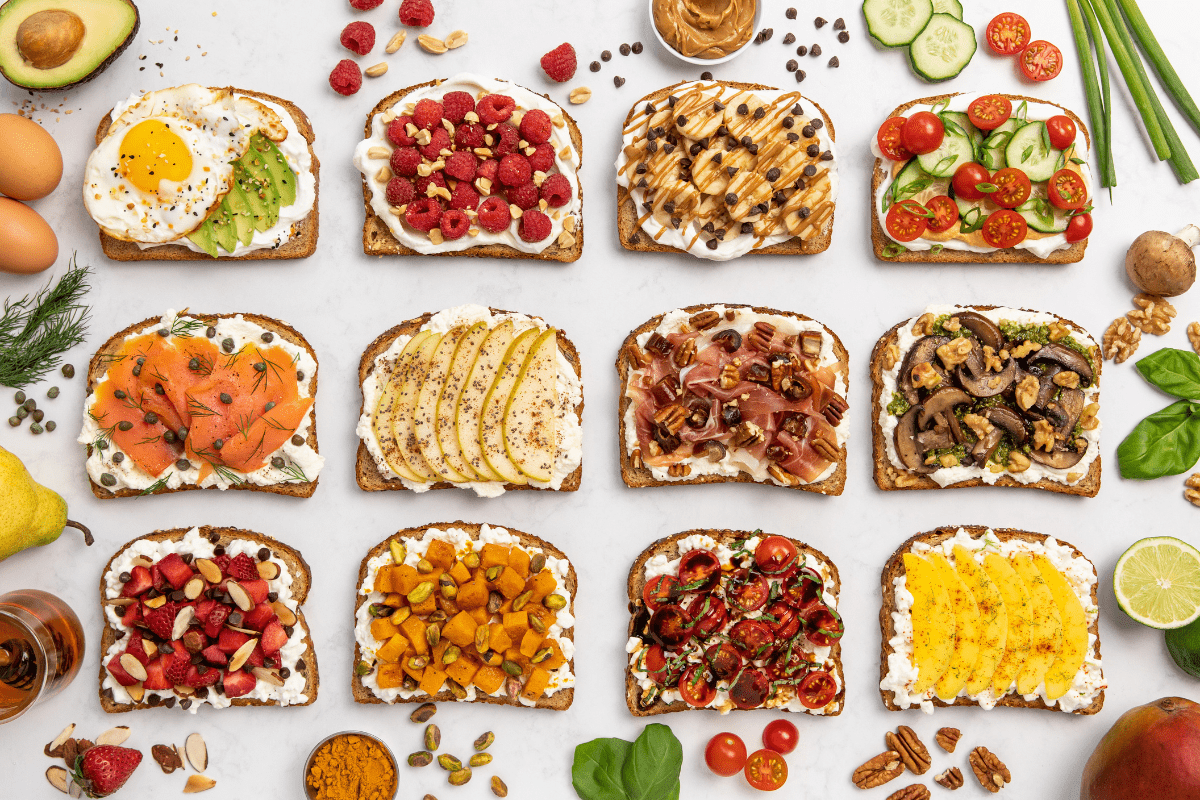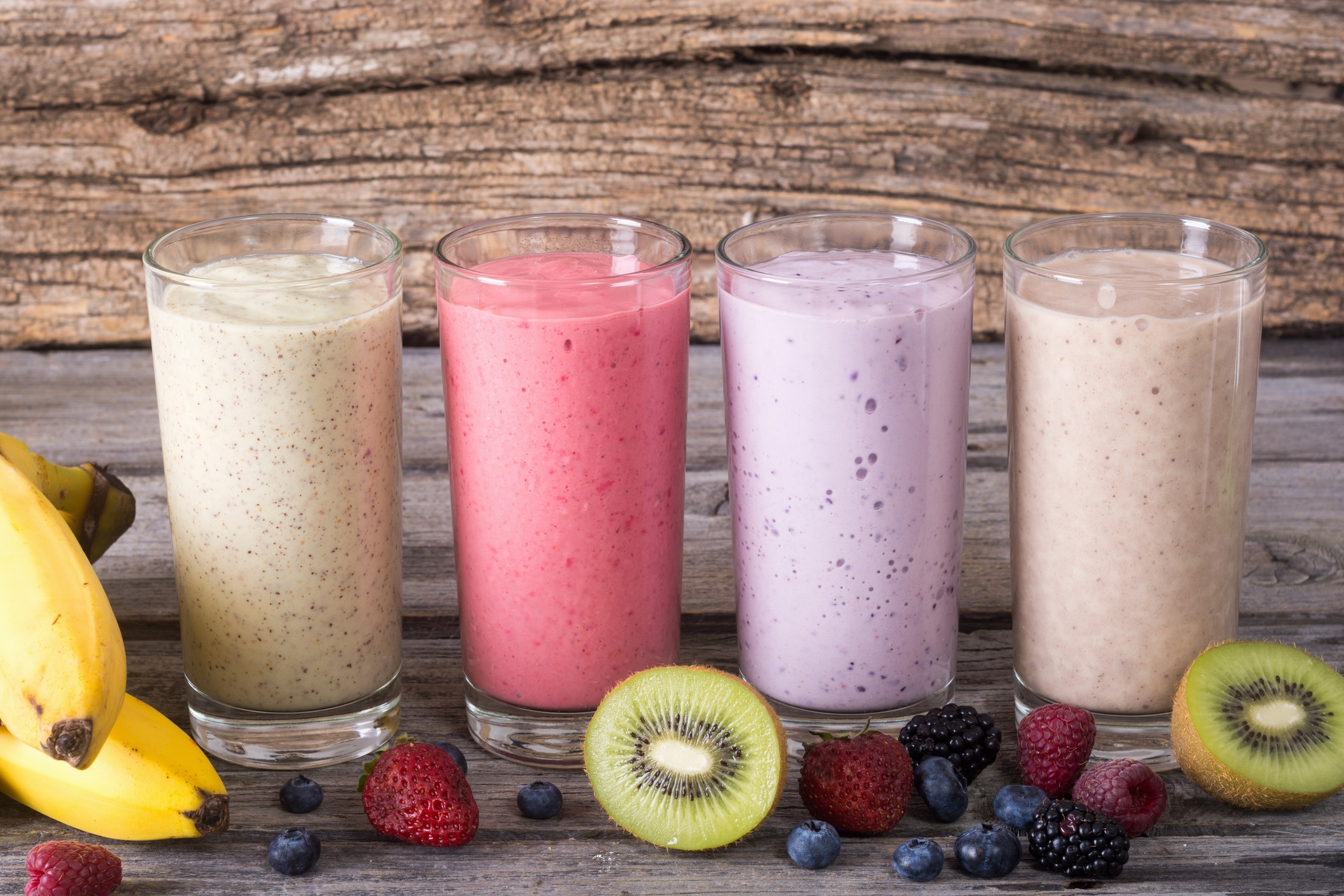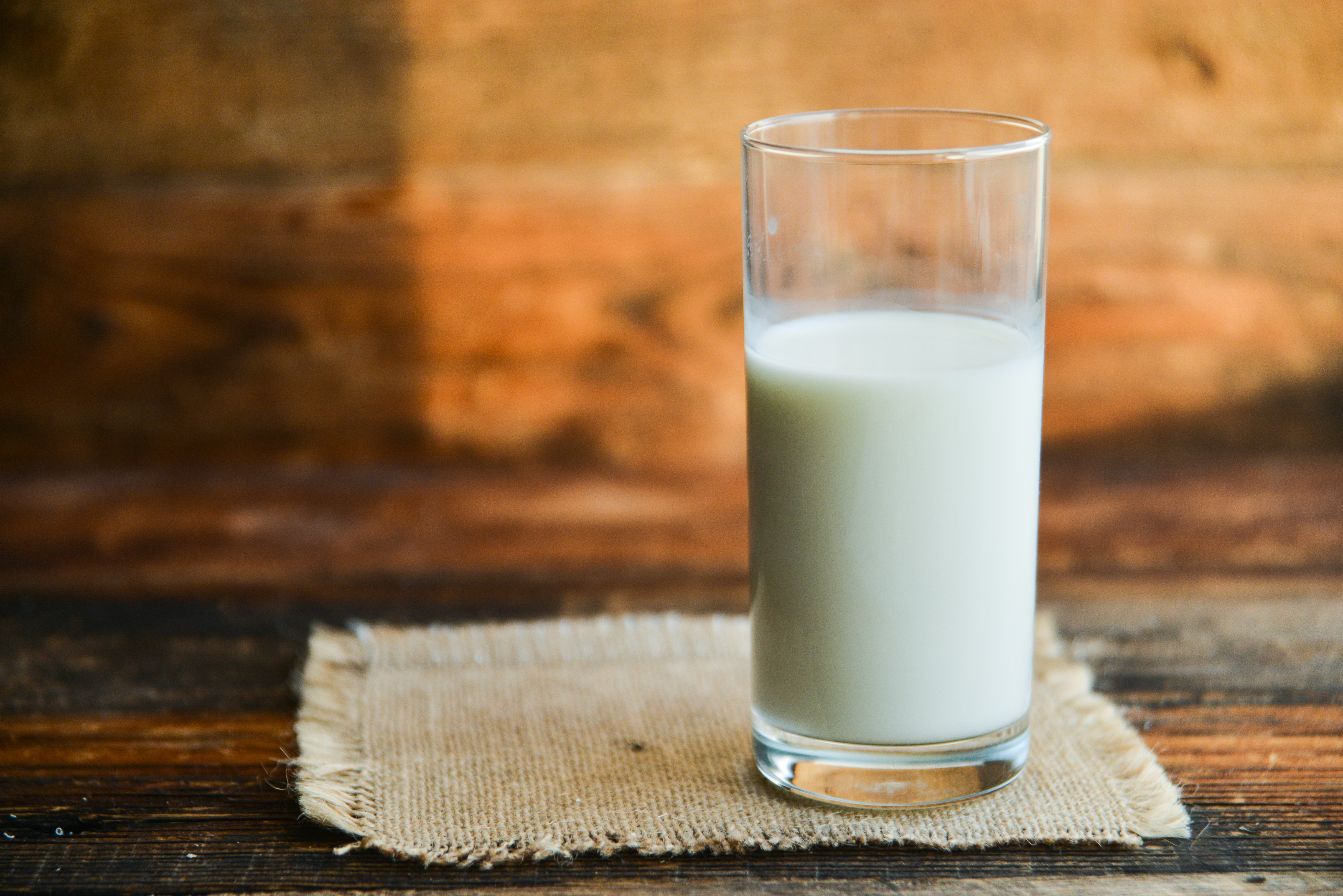Amino acids are the building blocks of proteins. All of the proteins in our bodies are made from twenty (20) different amino acids strung together in various orders and lengths. Some of those amino acids can be made by our body (non-essential), while others need to be consumed through our diet (essential). Three of the essential amino acids — leucine, isoleucine, and valine – are referred to as branched chain amino acids, or BCAAs.
Why Are Branched Chain Amino Acids Important?
The role that BCAAs play in energy production and supporting muscle mass makes them of great importance to athletes. BCAAs are more readily converted to glucose during exercise than other types of amino acids. That glucose can then be used for energy. The BCAA leucine is needed to signal the process of building new muscle. Many athletes have turned to BCAA supplements to aid in muscle strength, prevent fatigue, and improve recovery.
Do You Need BCAA Supplements?
The effect BCAA supplements have on muscle mass and performance has been studied widely. Research shows that BCAAs are important, but consuming BCAA supplements does not provide any additional benefit compared to consuming foods that are high in BCAAs. In fact, consuming whole food sources of BCAA may be superior to BCAA supplements since the supplements lack other essential amino acids and important nutrients that your body also needs to build and repair.
How Many BCAAs Do You Need In A Day?
There is no set daily value for BCAA intake. A balanced diet with adequate protein intake is sufficient to provide enough BCAAs for health and muscle building. Aim to consume a variety of high-quality protein sources throughout the day. For athletes, consuming a pre- or post-exercise snack that contains both high-quality proteins and carbohydrates will provide the energy and amino acids needed to maximize muscle repair and recovery.
What Are Food Sources of BCAAs?
Not all proteins are created equal, and some foods contain more essential amino acids than others. Additionally, some foods have proteins that are more easily digested than others, meaning it takes less work to break down these foods into individual amino acids to be used by the body. The good news is that most foods that are high in BCAAs are also easy to digest. Lean meats and dairy products are some of the best and most commonly consumed sources of BCAAs in the diet. The following chart shows food sources that are rich in BCAAs.
|
Food |
Serving Size |
BCAAs (grams) |
|
Beef Round |
3.5 oz |
6.8 |
|
Chicken Breast |
3.5 oz |
5.9 |
|
Whey protein powder |
1 scoop |
5.5 |
|
Salmon |
3.5 oz |
4.9 |
|
Eggs |
2 eggs |
3.3 |
|
Beans/Lentils |
1 cup |
2.5 |
|
1% Milk |
1 cup |
2.2 |
|
Greek Yogurt |
½ cup |
2.0 |
SOURCE: USDA food and Nutrient database





